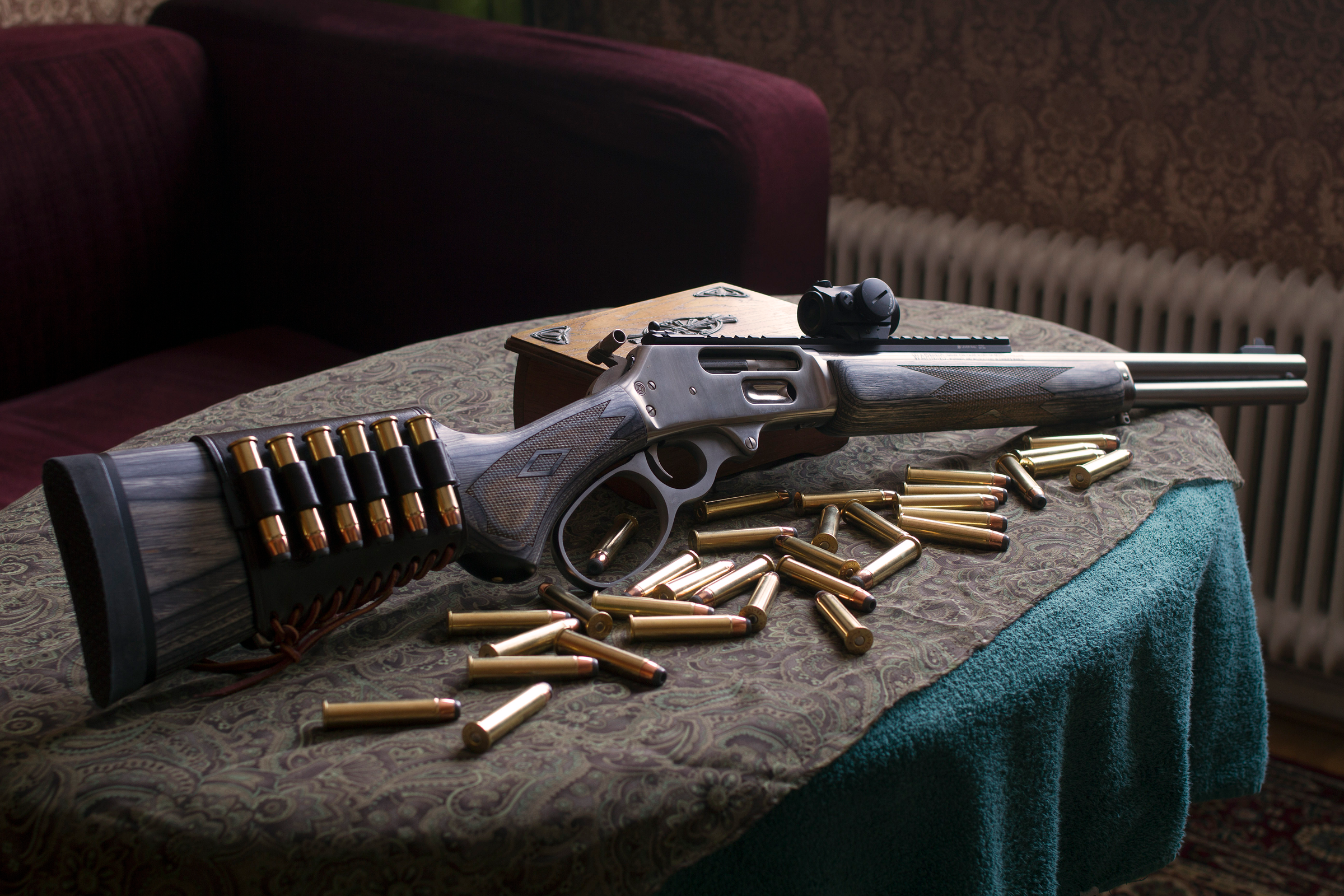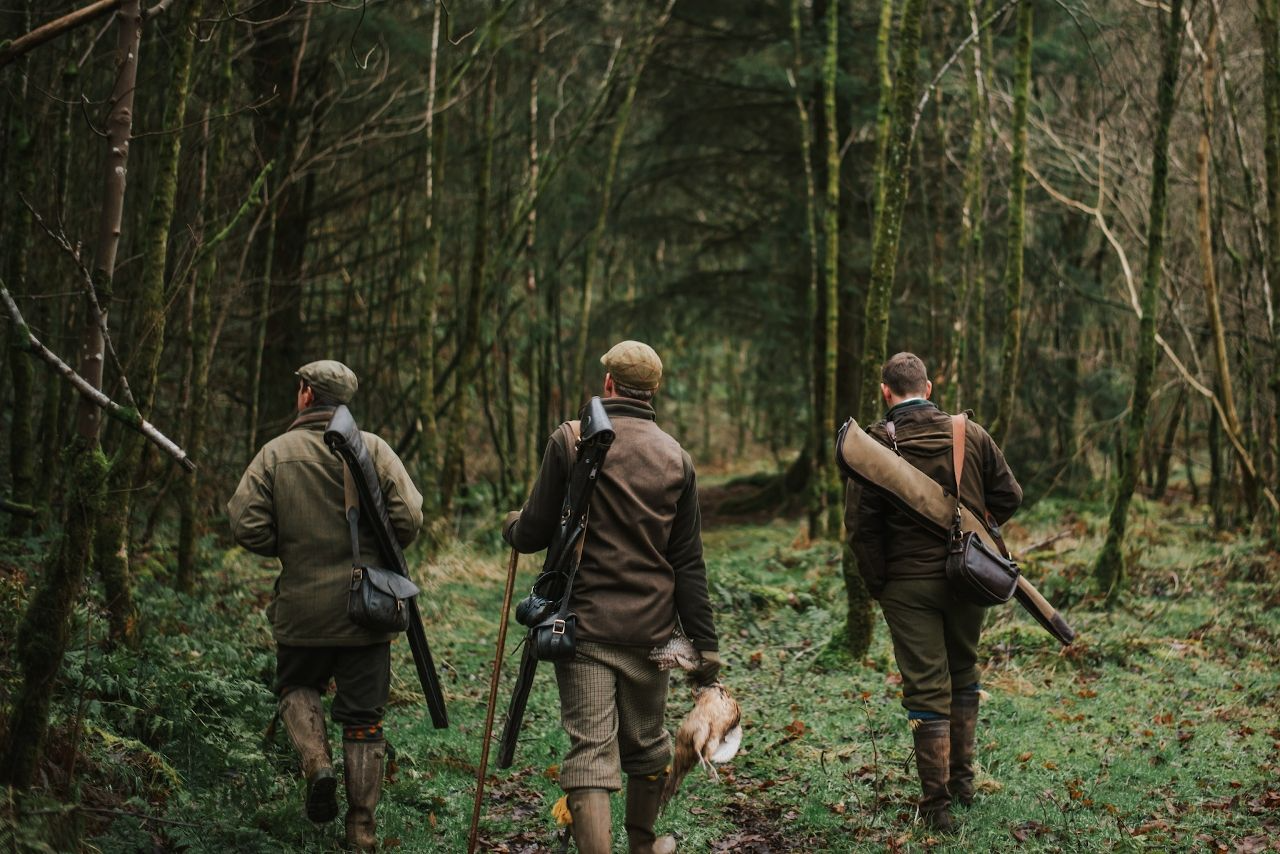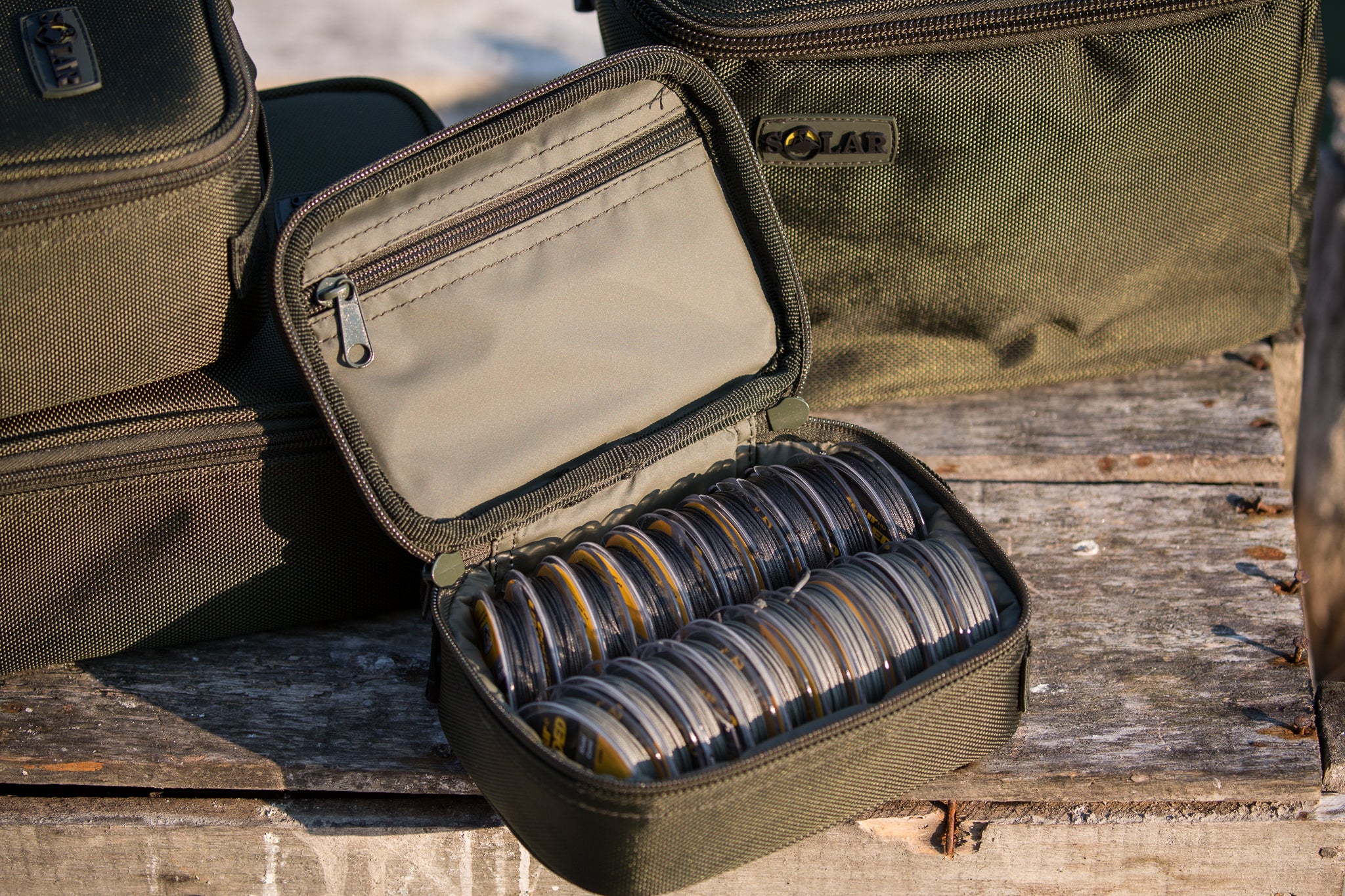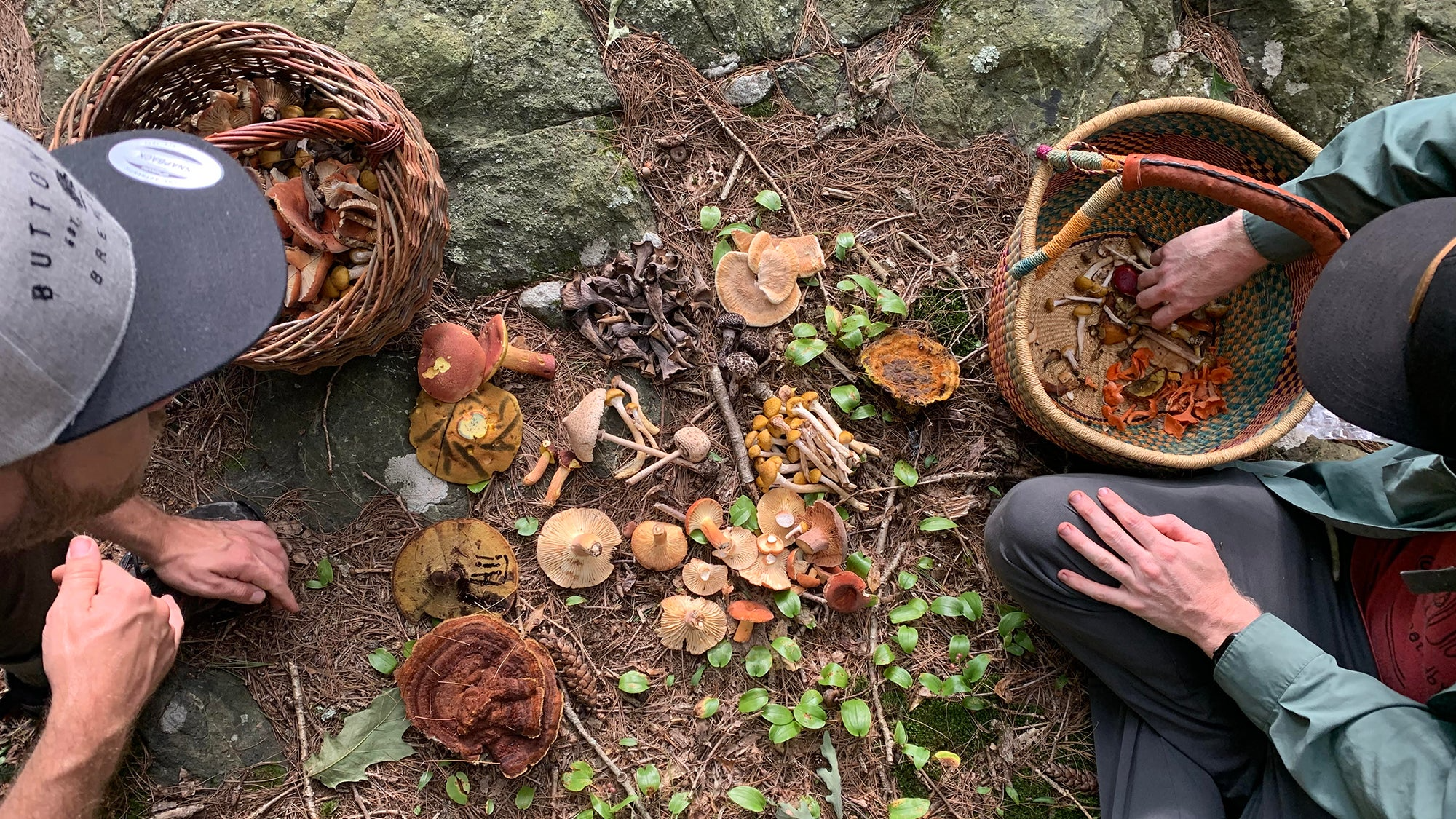How to become a professional mushroom hunter: a beginner-to-expert guide
Foraging for wild mushrooms is more than a hobby—it’s a lifestyle, a connection to nature, and, for many, a profitable profession. With the rising popularity of organic food, gourmet cooking, and sustainable living, mushroom hunting has gained serious traction. Whether you’re curious about foraging for your own table or want to turn your passion into a career, this step-by-step guide will help you go from beginner to professional mushroom hunter.
How to become a professional mushroom hunter: a beginner-to-expert guide
1. Learn the basics of mushroom identification
Before stepping into the forest, it’s crucial to understand that not all mushrooms are safe. Some are edible delicacies; others can be deadly.
Start with these beginner-friendly mushrooms:
-
Morels (Morchella) – Highly prized and easy to identify
-
Chanterelles (Cantharellus) – Bright golden-yellow and fragrant
-
Oyster mushrooms (Pleurotus) – Grow on decaying wood and easy to spot
-
Boletes (Boletus edulis) – Thick stems, sponge-like undersides, no gills
Pro tip: Get a regional mushroom field guide and take a foraging class with an expert.
2. Understand mushroom habitats
Different mushrooms grow in different environments. Knowing where to look is key.
Examples:
-
Morels prefer ash, elm, and apple trees in spring
-
Chanterelles thrive in mossy, damp woods during summer
-
Porcini mushrooms grow near conifers and hardwoods in autumn
3. Get the right gear for mushroom hunting
Professional mushroom hunters rely on high-quality tools to collect, preserve, and transport their finds safely and efficiently.
Essential items:
-
Mushroom knife with a curved blade and brush
-
Basket or foraging backpack with ventilation to prevent spoilage
-
Field notebook or app for tracking species and GPS coordinates
-
Mesh bags for spores to spread as you walk
Pro tip: Avoid plastic bags—they trap moisture and cause mushrooms to spoil.

4. Follow ethical foraging practices
Being a responsible mushroom hunter ensures sustainability and protects local ecosystems.
Guidelines:
-
Don’t overharvest—leave some mushrooms to reproduce
-
Only pick mature specimens
-
Never trample vegetation or disturb tree roots
-
Respect local regulations and protected areas
5. Learn to preserve and sell your harvest
As your skills grow, you may want to preserve mushrooms for off-season use or sell them to restaurants, markets, or direct-to-consumer buyers.
Common preservation methods:
-
Drying: Especially effective for porcini and morels
-
Freezing or sautéing: For oyster and chanterelle mushrooms
-
Pickling: A traditional favorite in many cultures
Selling mushrooms:
-
Research local permits and food safety requirements
-
Build relationships with chefs or farmers’ markets
-
Package attractively and offer recipe ideas
6. Advance your knowledge with mycology and certification
To truly become a professional, deepen your understanding of fungi through formal education or certification programs.
Options include:
-
Online courses in mycology (the study of fungi)
-
Workshops and mushroom festivals
-
Certifications in wild mushroom identification (required for commercial sales in many states)
7. Network with other foragers and experts
Join mushroom clubs, attend events, or connect with online communities to exchange knowledge, locations (responsibly), and tips.
Popular resources:
-
North American Mycological Association (NAMA)
-
Reddit’s r/mycology or r/mushroomhunting
-
Local Facebook groups and foraging meetups
Conclusion: from hobbyist to professional forager
Becoming a professional mushroom hunter takes time, dedication, and a deep respect for nature. But it’s also one of the most rewarding paths for those who love the outdoors, enjoy culinary exploration, and seek sustainable, hands-on work.
Start small. Learn constantly. Respect the forest. And with time, you may find yourself not only feeding your family with wild harvests but supplying gourmet restaurants and inspiring the next generation of foragers.























